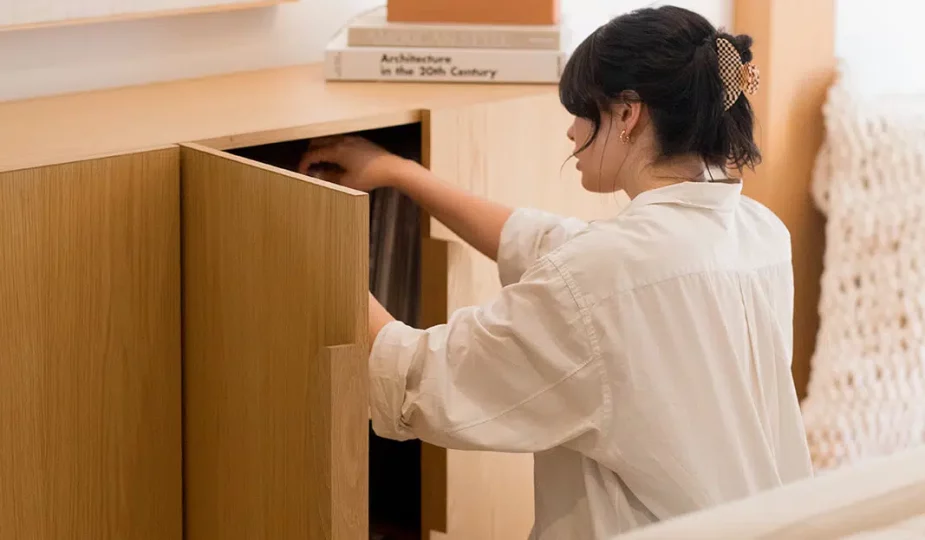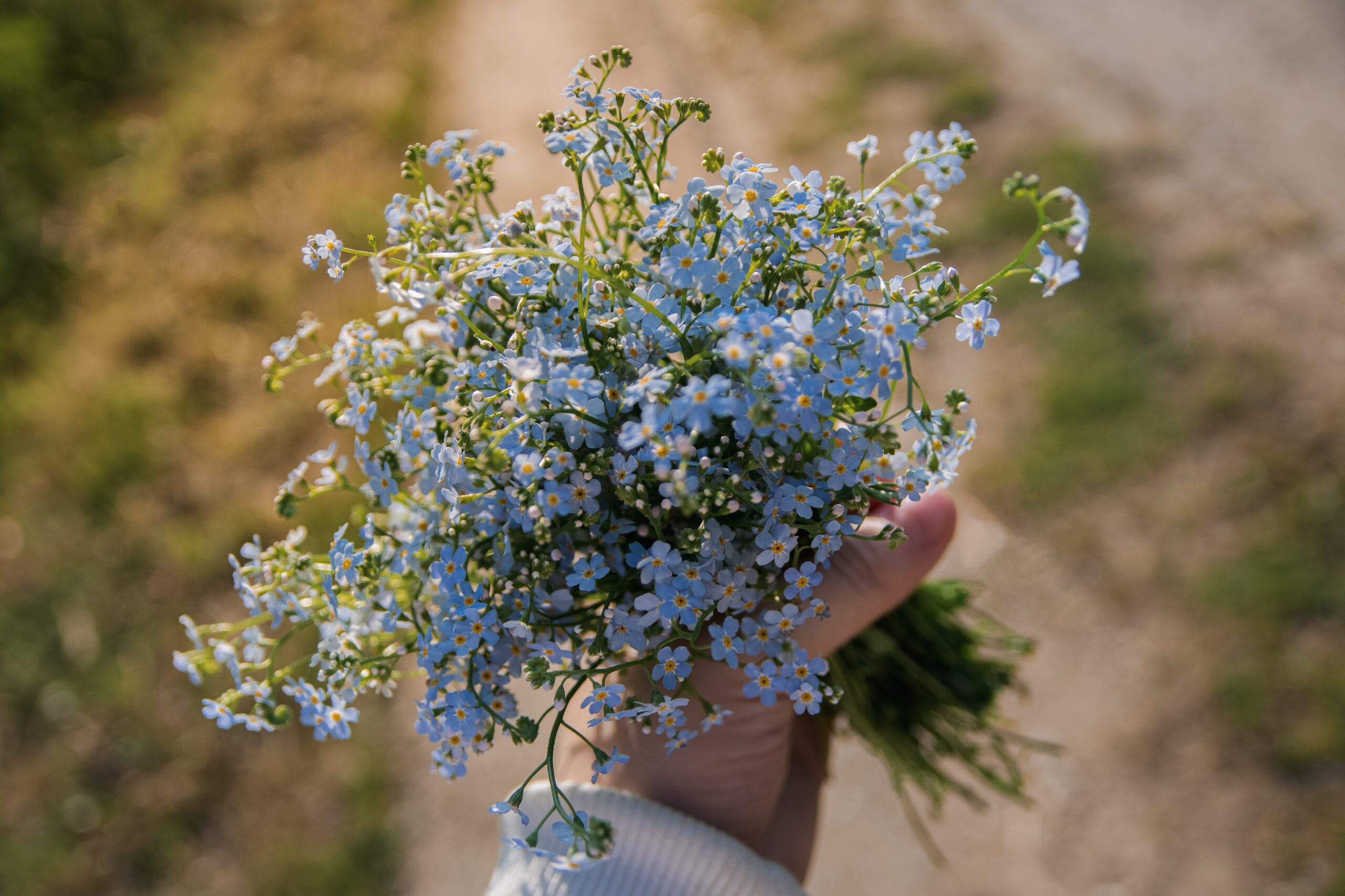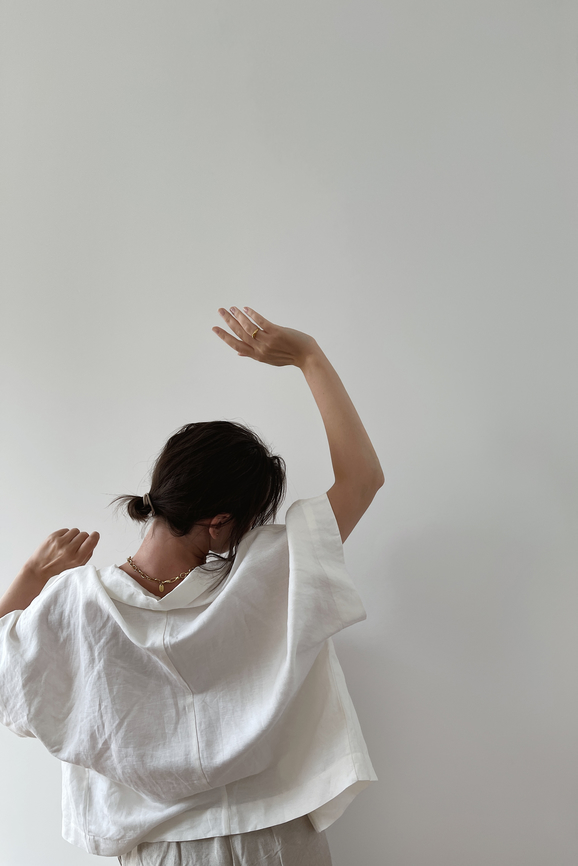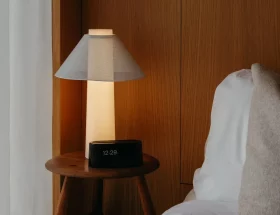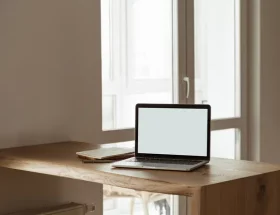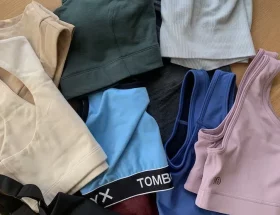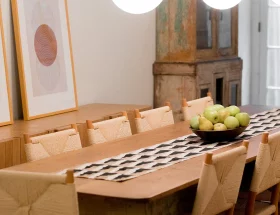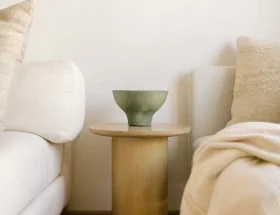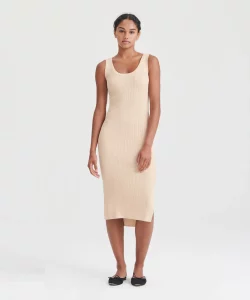I wasn’t allowed to have friends over when I was a child. My mother might have allowed it if I’d asked. My father probably would have, not aware of how the way we lived was seen by the outside world. But I didn’t allow it.
I don’t remember exactly what age I was when I realized our house didn’t look like other people’s.
I don’t remember exactly what age I was when I realized our house didn’t look like other people’s. When we visited our maternal grandparents, everything was clean and tidy; everything had a place. It was calming to be there, no paths between the furniture with stuff piled up several feet high. When we ate, the table was easily set; you didn’t have to spend an hour moving things onto other piles before you could put down a plate.
My father’s hoarding, I now understand, came from anxiety. He was a quiet man who used acts of service and gifts to show his love, not one for affection or giving attention. If he was able to give someone something they needed from his stash of assorted household appliances, car parts, or Goodwill treasures, it made his day. That was the fear, the fear that all hoarders have, that he would need something and not have it, or someone else would need something and he wouldn’t be able to help. He lived by the “just in case” philosophy, combing through thrift stores on an almost daily basis looking for stuff someone he knew might someday need.
That was the fear, the fear that all hoarders have, that he would need something and not have it.
My mother’s hoarding came from a desire to feel happiness. As children, we didn’t understand why shopping trips with her took all day, leaving in the morning and not getting home until well past dark. There was always something she had to find, trying to feel some moment of bliss, only to toss the shopping bags into a room, forgotten and abandoned. Then she would move on to finding the next thing. She asked my husband once if he thought his own mother was happy. He told her he knew his mom was content. My mother was baffled by that answer. She couldn’t understand how a woman with so little could not want more.
As I was tapering off a medication that caused emotional blunting, I realized I’d been doing the same things as my parents, buying objects trying to feel happy and keeping things, hoping I’d get a huge grateful response when I gifted them to someone. I opened the hall linen closet and saw the evidence. The entire 60 square feet of storage was full: dozens of bottles of shampoos, conditioners, and body washes crammed in with scented candles, room sprays, and bath salts. My closet was the same; clothes with tags still on them and boxes full of shoes I’d never worn. An entire drawer of my dresser was full of costume jewelry, all untouched in their boxes.
That moment shocked me. This wasn’t how I wanted to live or how I wanted to feel in my home. I started taking an inventory of sorts and teaching myself how to slowly declutter. The physical work caused mental evaluations of my reasons for having all of this stuff which led to more physical work of sorting and removing. The mental work was more difficult.
If you don’t deal with the mental reasons behind the hoarding then the clutter will find its way back.
I’ve seen episodes of the hoarding shows where they pull dumpsters up to the door, don gas masks, gloves, and hazmat-type suits, then start pitching stuff out by the armload as the devastated person they’re “helping” stands in shock or sobs uncontrollably. To a hoarder, those things aren’t garbage. Those things mean something to them, just like our things mean something to us. That’s why the massive clean-outs don’t work in the long term. If you don’t deal with the mental reasons behind the hoarding then the clutter will find its way back.
I wanted my decluttering to last, so I started small.
I wanted my decluttering to last, so I started small. The idea of a whole house clean-out was overwhelming. Some weeks I only worked on one drawer, others a closet or two. I asked myself if every item was something I wanted, needed, or even liked. I started keeping a box in the bottom of a closet. I still do this. Whenever I walk through my house and see something I no longer need or like (books, clothes, kitchen appliances, home décor, etc.), I put it in the box. When the box gets full, it gets donated—the whole thing.
I live in a two-story house and this idea came to me one day as I was going downstairs to get something and was running bath water in the tub upstairs. If the tub flooded and water started dripping on me downstairs in the kitchen, what would I do first? Would I grab towels and try to sop up the water? Would I get buckets to catch the drips downstairs? Of course not. The FIRST thing I would do would run back upstairs and turn off the faucet. What good would it do me to try cleaning up if the water was still running?
I switched from a want mentality to a need mentality.
I took that approach with the clutter. I had to turn off the faucet of stuff coming into my house and keep it turned off until I felt content in my home again. I switched from a want mentality to a need mentality, teaching myself that feeling uncomfortable in the moment when I wanted to buy something was minor in comparison to how uncomfortable my cluttered home was making me.
I remembered my mother buying food, clothes, and craft projects even though we had plenty at home. She thought something on sale was a bargain, even if it spoiled in the pantry before we had time to use it. I looked around my home and promised myself I wouldn’t buy anything until I shopped my stockpile first, to use what I already had. It took years to finally use all the shampoo, conditioner, and body wash in that cabinet. I also had over a hundred bottles of nail polish I slowly used up, feeling so proud of myself when I could finally throw away an empty bottle.
Meals became based on what we already had in the cabinet, allowing myself to buy a few items to connect the other things into a meal. Cleaning supplies were all pulled out of the cabinets so I could see what I had, and nothing new was bought until the bottles were almost empty. I also stopped buying new clothes, combining pieces in new ways to create new outfits and donating things that didn’t fit or I knew I would never wear again.
I studied the sentimental things I was keeping and realized I wasn’t honoring the memory of my relatives by shoving things in drawers.
I studied the sentimental things I was keeping and realized I wasn’t honoring the memory of my relatives by shoving things in drawers. If it was important enough to keep, it was important enough to be displayed. I gave most of my great-grandmother’s hats away to other family members and found a place to display the ones I kept.
I started looking at the true price of buying cheap things compared to making investments in things that will last longer. It taught me to take better care of my stuff and that having more wasn’t better. Having something that lasted was an investment. I slowly changed my clutter habits; not buying just to buy, not keeping things just because they were a gift, valuing experiences over stuff, and switching to buying quality over disposable.
I want my home to be my sanctuary, a place to rest and recover from the day and recharge for the next one. Slowly decluttering my spaces, removing the things that no longer served me, revealed a calm in me, both physically and mentally.
Now I honor my parents with the kind of home they wanted, one with room to breathe and to appreciate what really matters.
Regina McKay is the wife of a firefighter, mother of five adult children, and passionate advocate of all things vintage, especially her pink bathtub. She works as an accountant but plans on using her experiences with mental health treatment to transition into a career in Criminal Justice/Mental Health reform. After hitting her rock bottom, she learned for her happiness didn’t come in a pill bottle. She now strives for contentment and appreciates moments of joy when they come.
